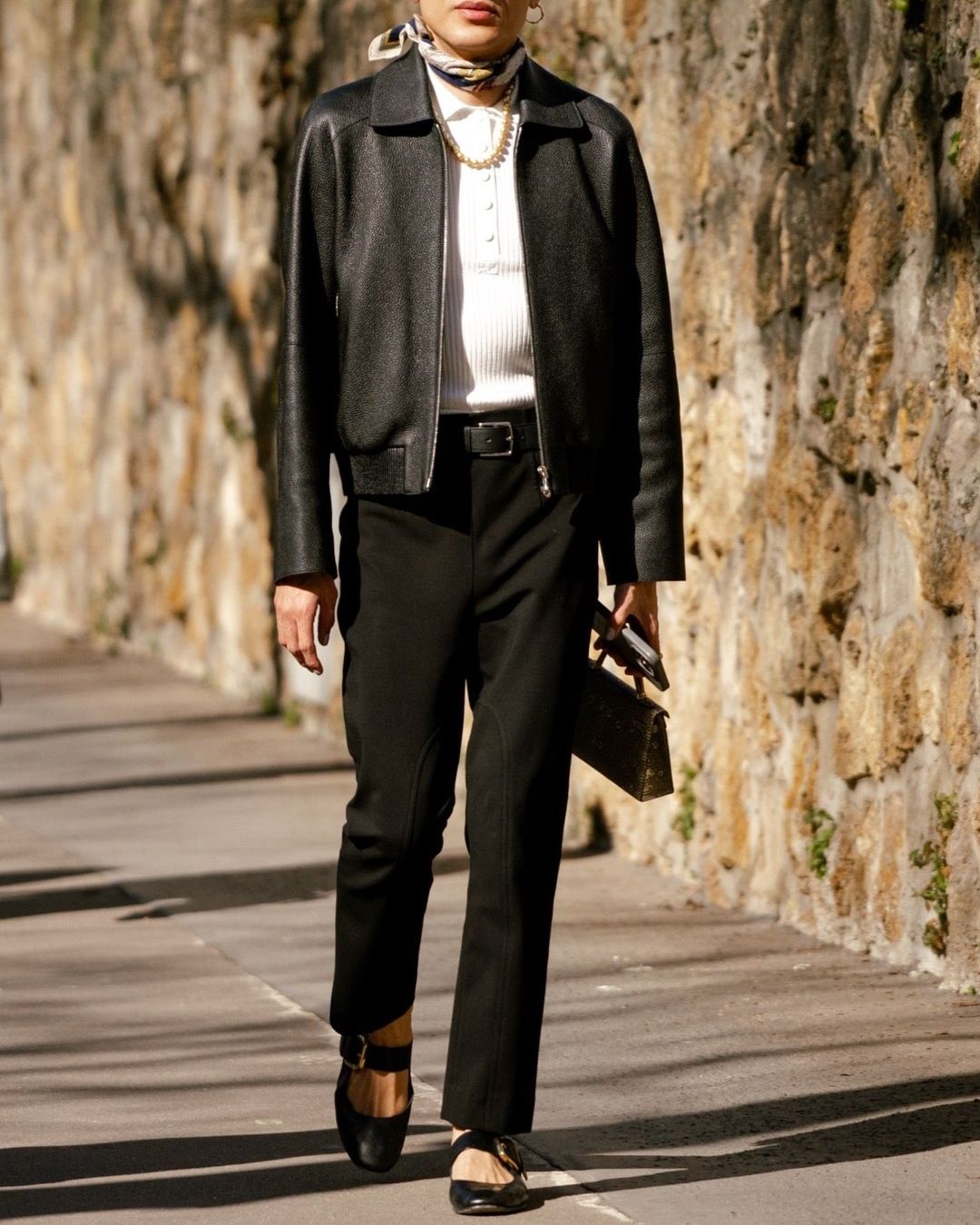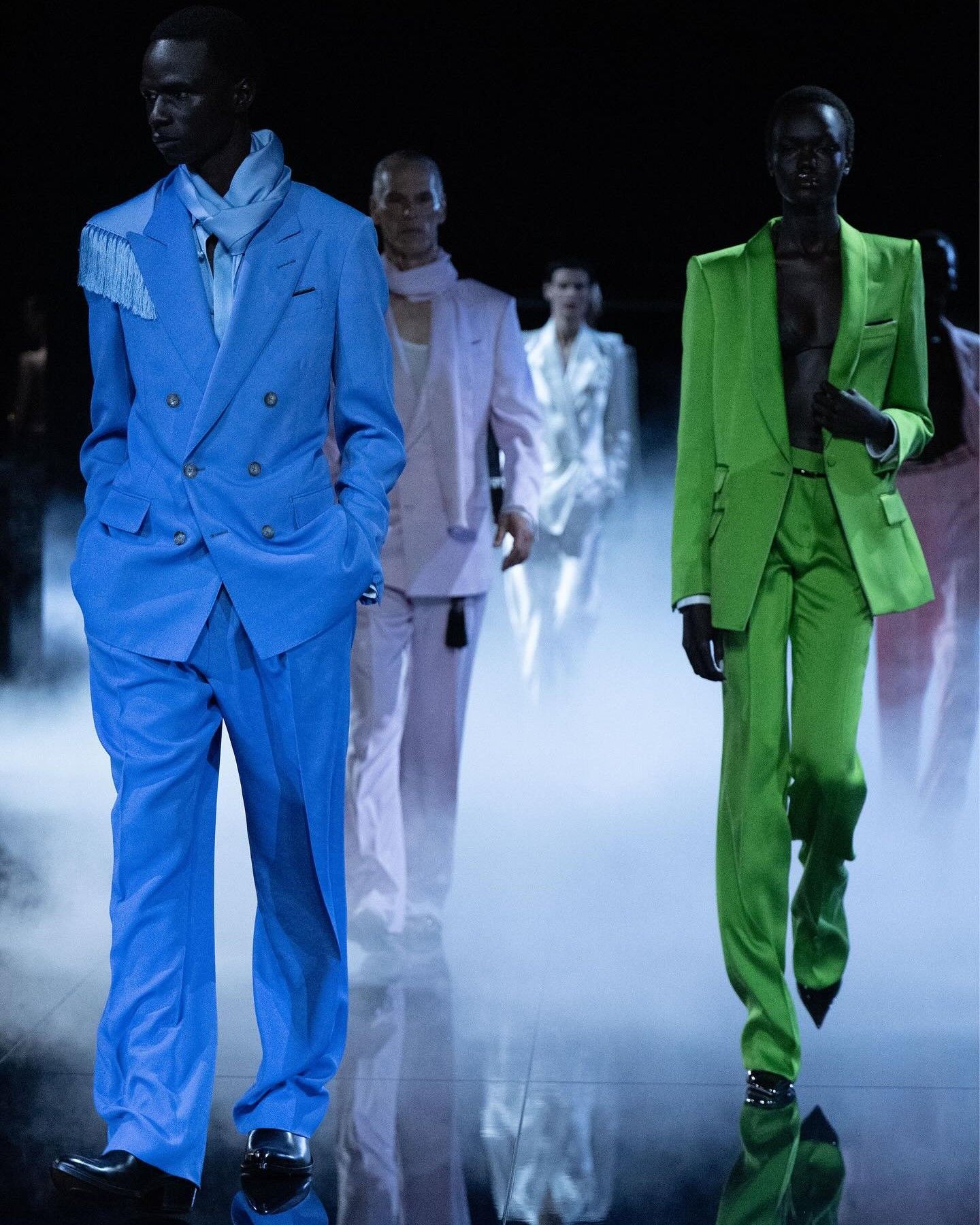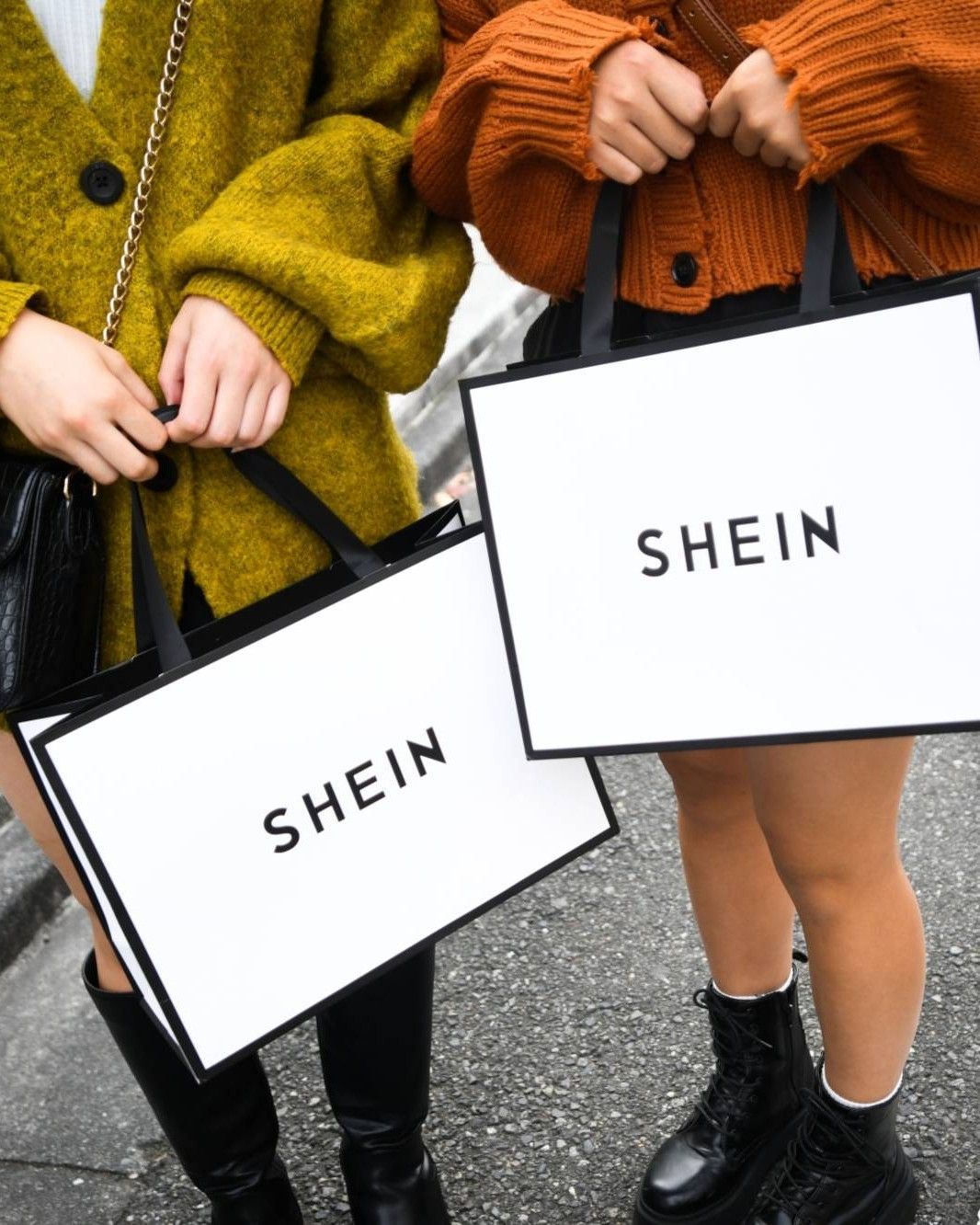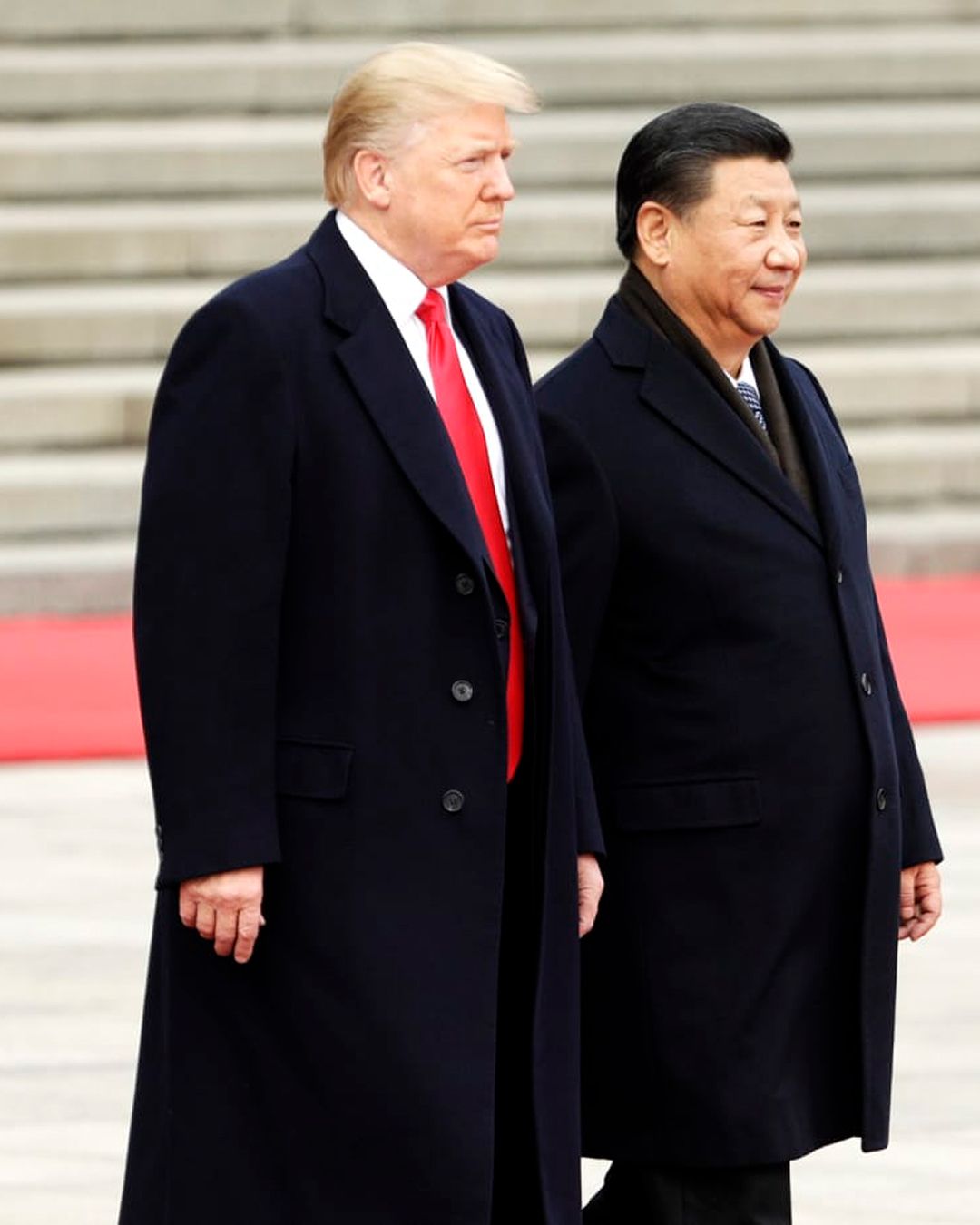
Will Chinese fast fashion overpower the European fashion system? The EU could find itself walking in the same slump as Trump, with a red alert on Chinese exports
After several years of agreements with China, the European Union has now raised the “tsunami” alarm over the overwhelming influx of Chinese goods, as reported by La Repubblica, confirmed by a phone call between European Commission President Ursula von der Leyen and Chinese Premier Li Qiang. It appears that Beijing attempted to reassure the European market by stating that, in response to the U.S. tariffs, China will focus on boosting domestic demand rather than redirecting goods to the EU. The issue initially emerged in May of this year, when European Trade Commissioner Maroš Šefčovič proposed a tax of around 2 euros on all imports under 150 euros — currently duty-free — to discourage consumers from over-purchasing goods from China, particularly from fast fashion giants like Shein and Temu. Among the countries most affected is Germany, which has been central to negotiations with China. In recent months, the Chinese Communist Party government expressed its concerns about EU relations to German Chancellor Friedrich Merz, stressing the importance of steering both the country and the European Union toward renewed growth. While China had rightfully secured a dominant position in the international market, the EU’s hardening stance may now force a major shift: looking inward to its own domestic market, where uncertainty and instability stemming from ongoing trade tensions are becoming increasingly pressing.
@ethanlevinsz America is losing the trade war. #america #europe #china #japan #trade #tariff #news #geopolitics #trump Red Sun In The Sky | Drip - Froki Drip
At the same time, Europe — like the United States — will face the consequences of the halt in the exchange of raw materials and garment production. Inevitably, the introduction of tariffs will lead to two major outcomes: reduced profits and increased prices, both of which threaten to dismantle the current fashion system. Over the past year, the Chinese luxury market has seen a sales decline of up to 20% since 2024. It is therefore unsurprising that several high-luxury brands, from Valentino to Balenciaga, are beginning to withdraw their products from TMALL, currently China’s largest eCommerce platform, as reported by Milano Finanza. In doing so, while China was once considered the engine of global consumption, it is increasingly turning into a critical crossroads for fashion’s future. According to data from Bernstein, the luxury sector has entered a never-ending loop, possibly contracting by 2% by the end of this year, further cementing the deepening rift between consumers, who may suddenly witness the disappearance of loyalty from brands they once championed. Trump started it, the EU is carrying it on, and the fashion industry is now facing total uncertainty. Tensions persist, and we await further updates next month, when a bilateral summit between Brussels and Beijing is scheduled. In this climate, a potential reconciliation between Europe and China does not appear to be on the horizon.















































